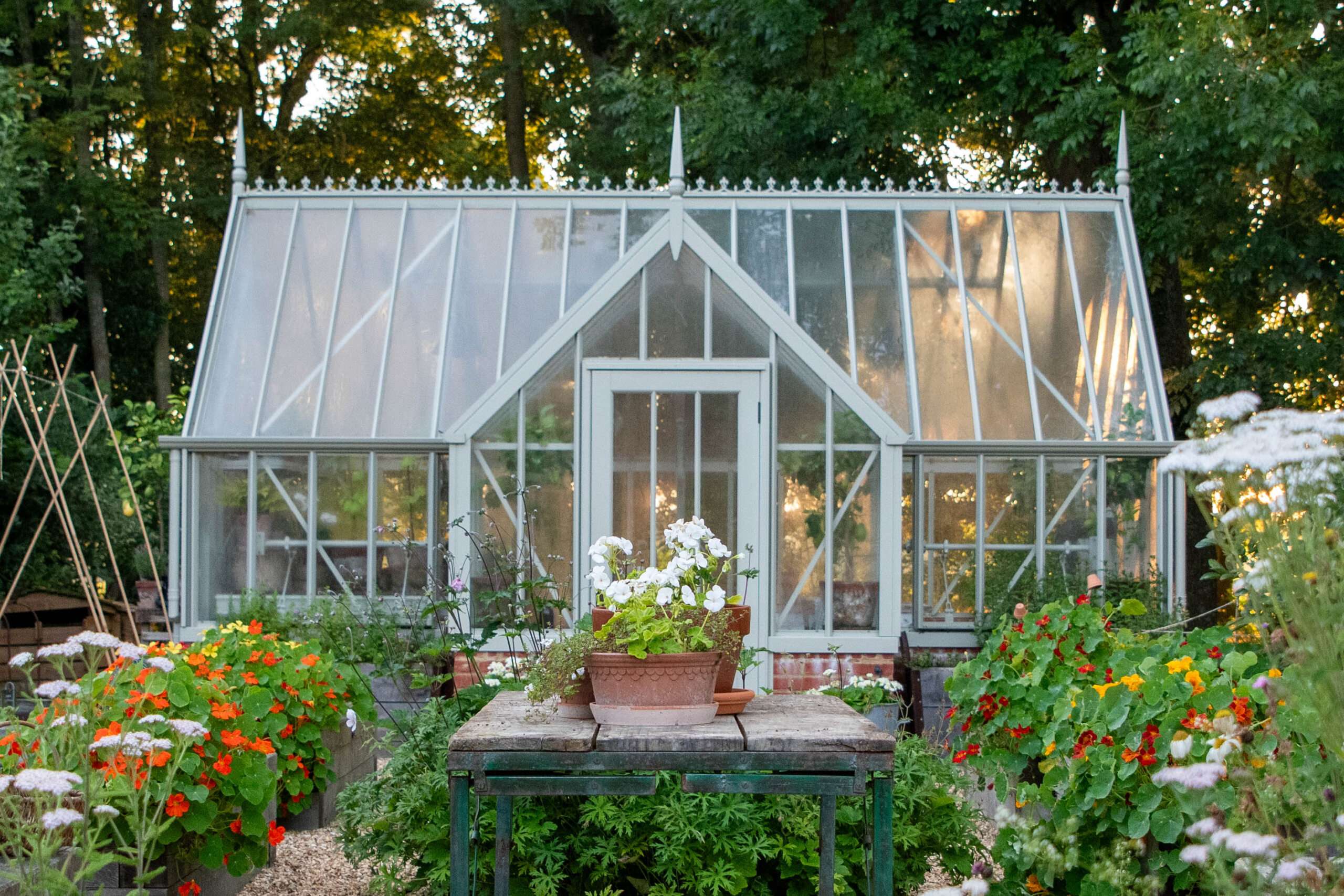November Gardening Tips
I hope you’ve all been able to find somewhere dry since my last blog, to say the weather has been very wet would be an understatement! The recent storms have certainly replenished the garden water levels, especially in our ponds, yet nature seems to be confused with many plants blooming later this year and staying in flower due to the lack of any significant frost. That said, there are telltale signs that autumn is now in full swing with the abundance of leaves falling from the trees.
Whilst the flowers will begin to fade this month, it’s a good time to prepare the garden for winter. Many people regard November as the end of the gardening season but I see it as the beginning because the work done now can save a lot of time and effort when spring arrives.
- Check tree ties and stakes – With the winds starting to increase this month, it’s a good time to check any tree ties to ensure that they are not too tight or loose. If they are too tight, they will damage the plant as the trunk expands outwards. Alternatively, if they are too loose, they will not support the plant sufficiently in the winds. This will lead to ‘wind rock’ and cause them severe damage. The same applies to stakes that need to be solid in the ground to ensure plant stability. If they are weak or are starting to rot, then replace them. At Nicholsons, we can supply wooden stakes and tree ties if needed.
- Plant bare root roses – Bare root roses will be available from this month through to March. They tend to be more cost effective than pot-grown roses. This time of year is a great time to get them in the ground so that they can settle in over the winter period. When planting them, dig a generous-sized hole to avoid restricting the roots. Fork the sides and the bottom of the hole, incorporating plenty of organic matter. Place the rose in a deep enough hole so the roots are well spread out and the graft union is about 5cm above the ground. You can use a cane laid across the top of the hole as a guide. Fill the hole, firmly pressing down on the soil before watering it well. Then, finish by mulching the surface with well-rotted manure or garden compost. Don’t forget if you get mail-order bare root roses, you will need to soak the roots in a bucket of water for a couple of hours before planting to rehydrate them.
- Pot up lily of the valley rhizomes – This will force them to flower early. A cool frost-free greenhouse or conservatory will allow them to grow at their own pace but you can speed up the process by giving them warmer conditions. The plants can be put back in the garden after flowering and will flower again the following year.
- Plant tulips – If you haven’t done this yet then don’t worry, planting this month after the other spring flowering bulbs can reduce the chance of a fungal disease called tulip fire. If you are growing them in clay soil, try to mix in some grit to improve drainage. Planting in pots allows greater flexibility when they come into flower, adding colour to any part of the garden that needs a lift. My October blog gives advice on where and how to plant spring flowering bulbs.
- Protect seedlings of hardy annuals – If the weather turns very cold and you planted hardy annuals earlier this autumn, protect them by covering them with either cloches or horticultural fleece. Whilst they should be fine in frost, adding extra protection for severe weather will be beneficial.
- Lift parsnips – They say parsnips taste better after they have had a touch of frost on them but either way, they can be lifted this month and stored. Similar to storing carrots, you can pack them in boxes of sand and they will keep through the winter.
- Cut back ornamental grasses and bamboo – Cut back grasses that will not be ornamental in the winter as they can start to look messy. Some bamboo can be cut and cleaned up. If they are thick enough, they can be stored and used for supporting plants next season. Thinning out bamboo canes will open congested clumps allowing them to be displayed to their best advantage.
- Insulate large pots – In hard frosts, the roots of plants growing in containers outside can still be prone to suffering frost damage so it’s worth protecting them, even more so if the pots themselves are also prone to damage. Insulate them by wrapping them in hessian sacks, tied securely around the pots. Lifting them off the ground on ‘feet’ will also improve their drainage.
- Heating the greenhouse – If you are keeping frost-tender plants in the greenhouse, then some heat will be required now. The most convenient heaters are thermostatically controlled electric ones, although there are also gas and paraffin heaters as well. Consider insulating the inside of your greenhouse and fix or replace any window panes or doors that are not working or closing properly.
- Clear leaves – One garden chore that cannot be avoided this month is clearing leaves, particularly clumps that have accumulated. If leaves are left for any length of time on the lawn or in the borders around perennials, the plants and grass will suffer through lack of light and the dark, moist conditions will attract slugs and snails. Don’t forget that any collected leaves can be used to make leaf mould, this was detailed in my October blog so check it out.
Happy gardening.
If you have any further questions or would like some assistance with your garden, then visit our Nicholsons Garden Management webpage.









